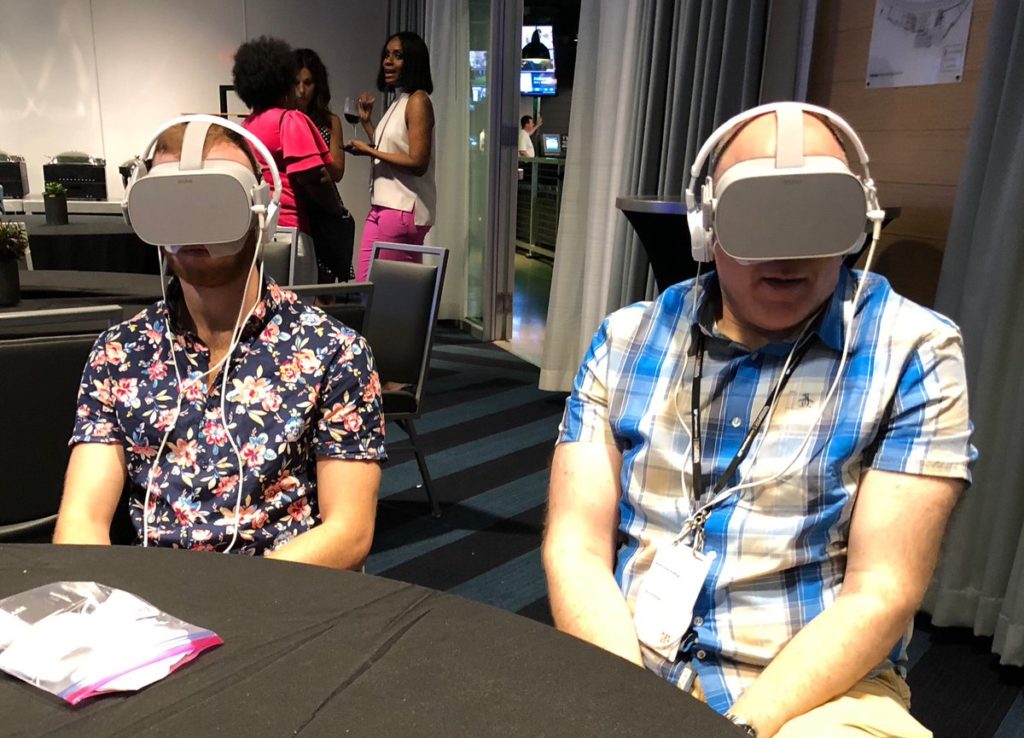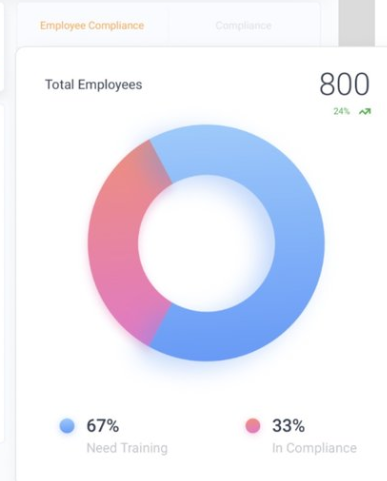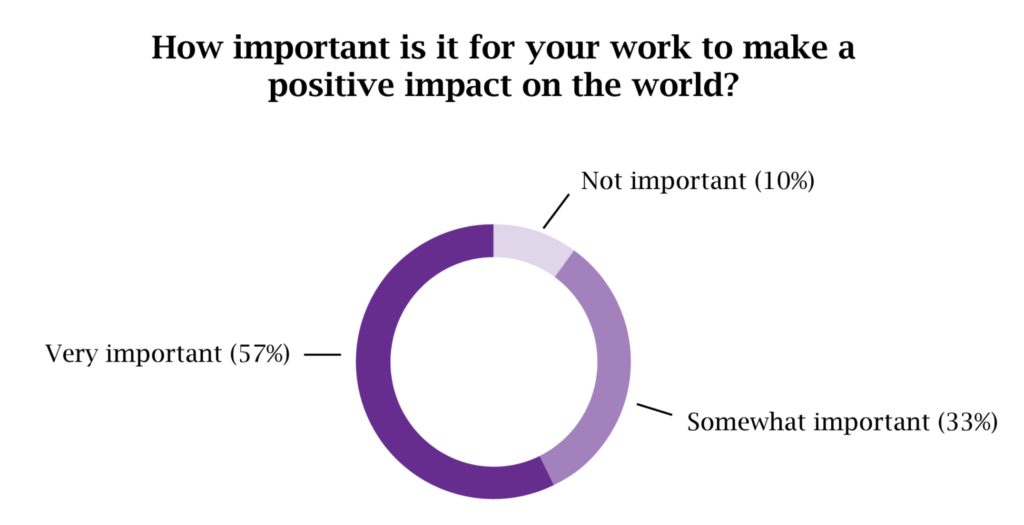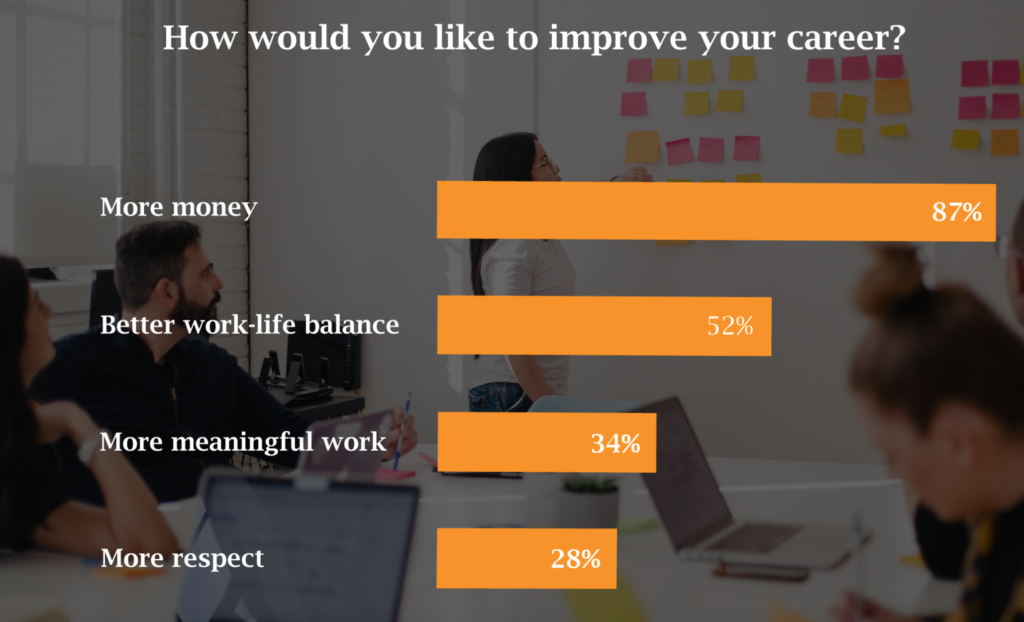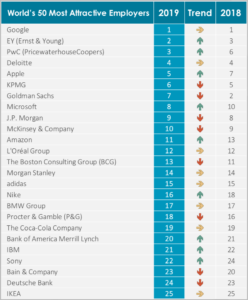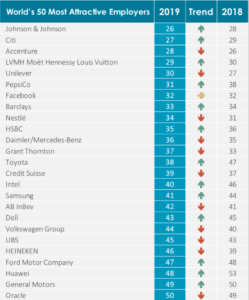I’m on a holiday break. Boys are home, we’re going on a trip. So, I’ve put together a Best of 2019 post list for you to enjoy. I’ll be back after the holidays with new stuff and some cool announcements for 2020!
I read a bunch of articles about what’s the next greatest benefit to offer employees. I read one the other day that tried to make it seem like now offering food at work is normal like everyone is giving away breakfast and lunches like you give away health insurance.
It’s the one thing I hate about reading mainstream media HR articles. Apparently, the only employers in America are located in the 50 square miles around Silicon Valley. Do you really think I believe that the majority of companies in America are giving away free food to their employees?
Come on, that’s not happening!
If you are lucky enough to work for a place that feeds you, great you won the job lottery, enjoy it! If they offer you Kombucha as well, then I’m just sorry for you, because that means they hate you.
What’s the #1 luxury benefit to offer in 2019?
It’s Time.
Time is the one thing every single one of us needs more of. For many, it doesn’t even have to be paid time off! Just allow me some time to do some of the stuff that impacting my life, so I can better focus on work when I’m at work.
But of course, Paid Time is always appreciated.
I know some employers have gone to unlimited paid time off and studies have shown that when organizations go to this their overall use of paid time off actually goes down. This is a sad commentary on our society.
I know a lot of HR friends of mine argue this can’t be the case because it seems so contrarian to what you would think would happen. “If I had unlimited time off I would never come in and just be on vacation every day!” Okay, Betty, and you would be fired!
The reality is unlimited time off isn’t the answer because psychology doesn’t work. Some have the self-control enough to use it appropriately, but most people fear that taking time off will somehow impact their performance, so even when they do take their unlimited time off, they still are connected, working in some way.
I know of a few organizations that completely shut down for a week or two completely. Notice out to clients – “hey, it’s our annual refresh the batteries, 100% of us will be off and not connected, we can’t wait to come back fully recharged to rock your world”. I like the idea but get it probably impractical for so many organizations.
I think the best thing we can do as leaders is to ensure our people are actually taking their paid time off and when they do they know that it’s okay to completely disconnect. That we’ll have their back and to enjoy themselves.
I wonder how many of your leaders pull quarterly or annual reports of PTO to see if their team is taking time for themselves?

